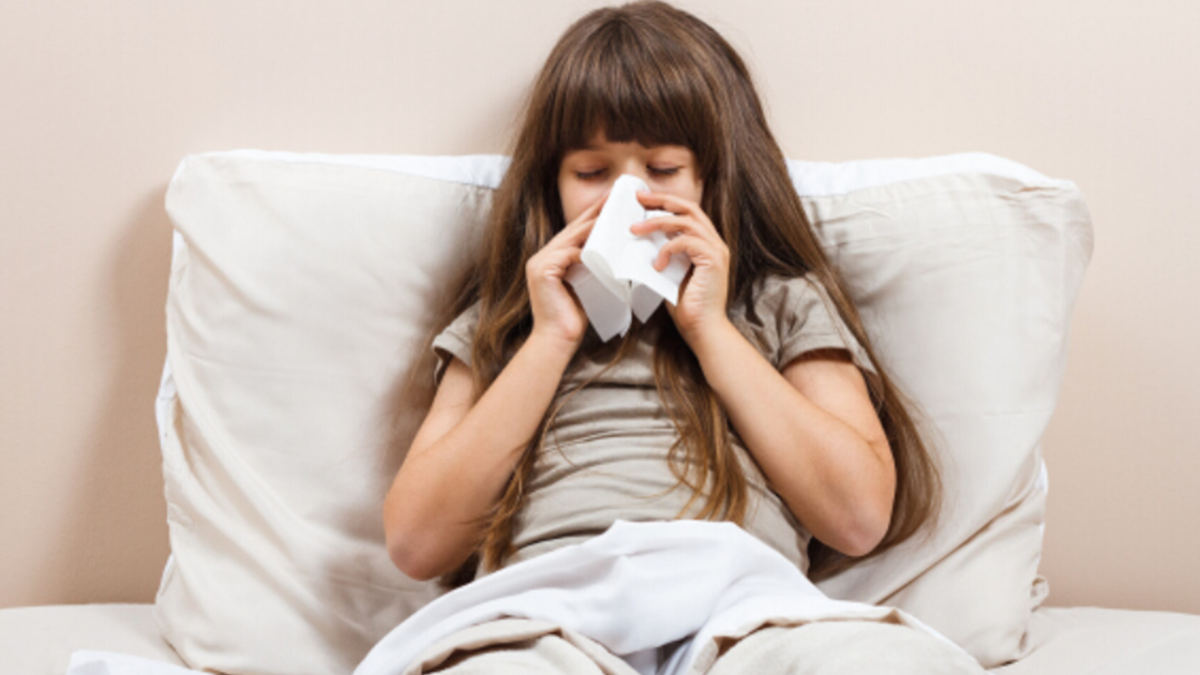Advertisement
The management of allergic rhinitis in children involves various medications and treatment methods, which can be categorized into several classes. First and foremost, antihistamines are the first-line medications for treating this condition, with relatively low clinical side effects. They are highly effective in alleviating key symptoms such as nasal itching, sneezing, and runny nose. Antihistamines are divided into first-generation and second-generation drugs, with second-generation antihistamines being widely used due to their minimal central nervous system depressant effects, longer duration of action, and better safety profile, making them suitable for various forms of allergic rhinitis.

Additionally, local nasal corticosteroids significantly reduce local allergic inflammatory responses in the nasal cavity, helping to relieve nasal congestion. They are particularly useful for patients with more severe symptoms. For individuals who do not respond adequately to antihistamines, nasal corticosteroids can serve as an effective supplementary treatment.
Leukotriene receptor antagonists are also a valuable therapeutic option, with indications that include both allergic asthma and allergic rhinitis. These medications can be combined with antihistamines, especially for younger children or those reluctant to use nasal corticosteroids, resulting in significant improvement in nasal congestion, itching, runny nose, and sneezing. While leukotriene receptor antagonists are somewhat less effective than nasal corticosteroids in relieving nasal congestion, they still represent a reasonable choice for patients with adenoid hypertrophy when used in conjunction with nasal corticosteroids.
Nasal decongestants can effectively alleviate nasal congestion by constricting blood vessels within the nasal cavity to reduce secretions. However, these medications are not suitable for long-term use and are generally recommended for continuous use for no longer than 5 to 7 days to prevent rebound effects. Traditional Chinese medicine has also demonstrated good results in the treatment of allergic rhinitis, particularly in children with concurrent infections, where a certain course of treatment can significantly improve clinical symptoms. Furthermore, nasal massage as an adjunctive treatment can also help relieve symptoms.
In recent years, the use of anti-IgE monoclonal antibodies has garnered attention, especially for children with severe allergic rhinitis accompanied by asthma. This treatment not only effectively improves asthma symptoms but also significantly controls the clinical manifestations of allergic rhinitis. For children with seasonal allergic rhinitis, if desensitization treatment is not pursued, it is recommended to administer one or two injections prior to the allergy season for those with severe symptoms to help control clinical manifestations.

In addition to pharmacological treatments, environmental management and allergen avoidance are crucial components in the management of allergic rhinitis in children. Parents should ensure a fresh indoor air environment, regularly wash bedding, and avoid exposure to allergens such as pets and smoke. Furthermore, promoting healthy lifestyle habits among children, such as a balanced diet, regular exercise, and adequate sleep, can positively contribute to enhancing immune function and alleviating allergic symptoms. In summary, a comprehensive approach that combines pharmacological treatments, adjunctive therapies, and environmental management can effectively control the symptoms of allergic rhinitis in children, improving their quality of life.
Advertisement




